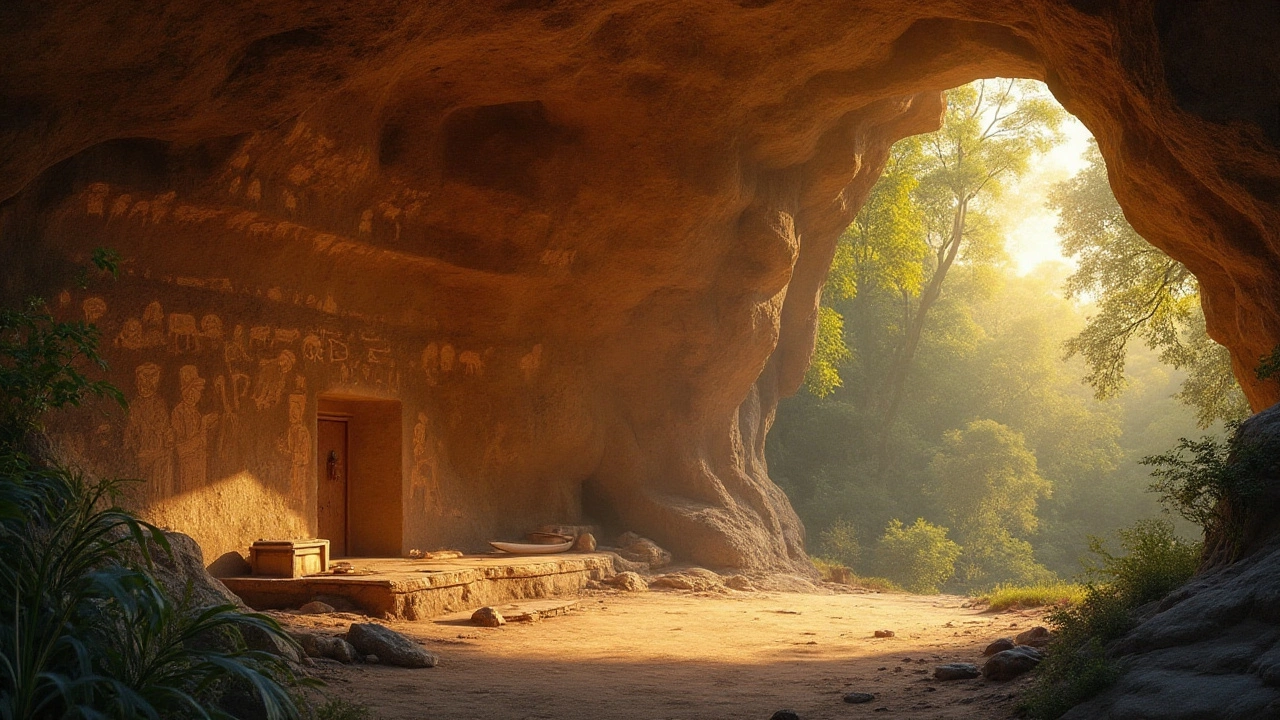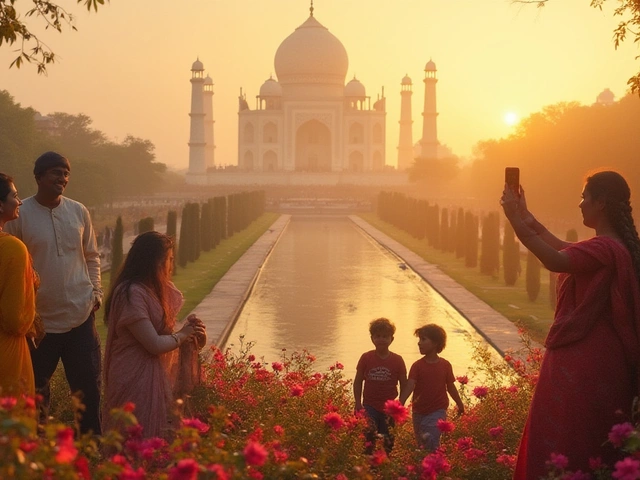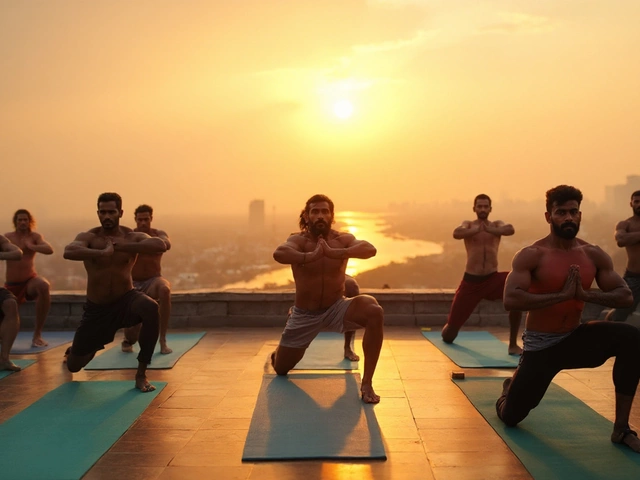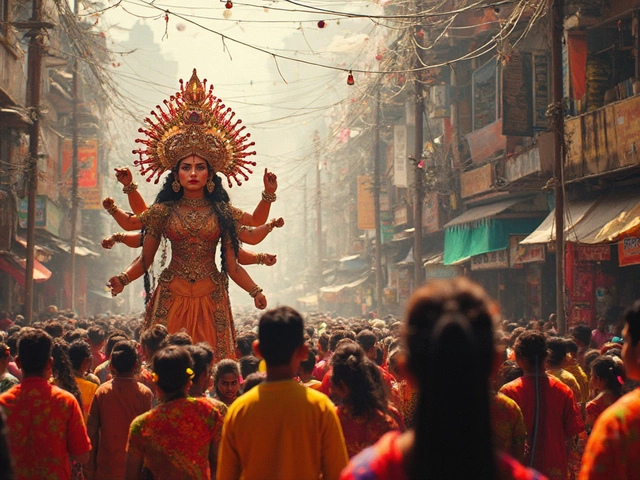Historical Drawings: Ancient Art That Shaped India’s Visual Culture
When you think of historical drawings, visual records from India’s past that capture beliefs, rituals, and daily life through line and ink. Also known as ancient Indian sketches, these works aren’t just decorations—they’re the first written language of culture. Long before cameras or printing presses, people used charcoal, natural pigments, and fine brushes to tell stories that lasted centuries. These weren’t random doodles. Every line in a Pithora mural, every outline on a Gupta coin, every sketch inside a Mughal manuscript had meaning—often sacred, always intentional.
Historical drawings in India didn’t live in galleries. They were part of temples, homes, and ritual spaces. The Indus Valley seals, tiny carved tablets from 3000 BCE featuring animals and symbols were likely used for trade or identity, but their precision suggests trained artists. Later, the Ajanta cave paintings, vibrant murals from 2nd century BCE to 6th century CE that depict Buddhist tales with lifelike figures show how drawing evolved into storytelling with emotion, movement, and color. These weren’t just art—they were prayer, record, and teaching tool all at once. Even today, you can see their influence in the bold outlines of Pithora art from Gujarat or the intricate line work of Madhubani paintings from Bihar.
What makes historical drawings so powerful is that they survived because they mattered. They weren’t made for fame. They were made because a community needed to remember: how to honor a god, how to mark a season, how to pass down a story to the next generation. The temple sculpture, carved reliefs that functioned as visual hymns in stone, often began as drawings on the wall before chisels turned them into reality. Even today, artisans in rural India sketch designs on paper before carving wood or painting walls—following a tradition that’s older than most written histories.
These drawings also reveal how India’s regions developed their own visual dialects. While the north leaned into delicate Mughal miniatures with gold leaf and fine brushes, the south kept its roots in temple walls and textile patterns. The east held onto scroll paintings that told epics in panels, and the west turned ritual murals into living art. No single style dominated. Instead, hundreds of local traditions kept drawing alive—each with its own rules, tools, and meanings.
What you’ll find below isn’t a list of old pictures. It’s a collection of stories drawn in ink, pigment, and stone—each one tied to a culture that refused to let its memory fade. From the earliest known Indian artist named in a Gupta inscription to the folk painters still working today, these works show how drawing was never just about beauty. It was about belonging.





